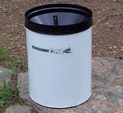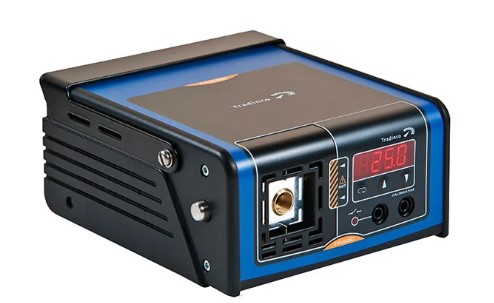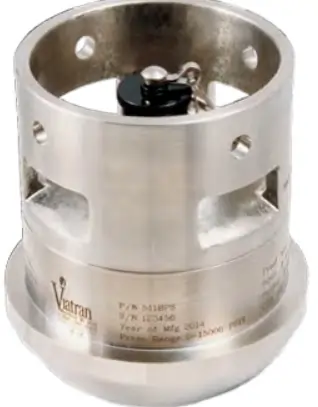
Rain gauges Calibration UAE
Rain gauges are essential tools for measuring the amount of rain that falls in a specific area over time. They are made from durable materials such as plastic, glass, or metal, with plastic being the most popular choice due to its affordability and resistance to corrosion. Glass is preferred for its clarity, while metal gauges are the most sturdiest but can occasionally rust after extended exposure to outdoor elements. The recommended diameter for a rain gauge is 8 inches, which is standardized for use by the National Weather Service and widely adopted worldwide to ensure consistent and accurate measurement of rainfall.
Rainfall monitoring is crucial for several reasons:
1. Water resource management: Accurate rainfall data is crucial for managing water resources for household, agricultural, and industrial purposes. It also supports the design and operation of irrigation systems and the management of reservoirs and dams.
2. Flood prevention: Monitoring rainfall allows authorities to forecast and reduce the risk of flooding, protecting lives and properties, particularly in areas susceptible to flooding.
3. Climate research: Rainfall patterns are key indicators in climate studies, helping scientists understand changes in the climate and aiding in modeling future weather conditions.
4. Agricultural planning: Farmers rely on rainfall data for planting and harvesting schedules, choosing crop types, and applying irrigation, maximizing crop yield and managing resources efficiently.
5. Drought assessment: Regular monitoring of rainfall helps identify early signs of drought, enabling timely responses such as water rationing or the implementation of drought management strategies.
The best place to install a rain gauge is an open area where it can accurately collect rainfall without any obstructions. Key tips for positioning a rain gauge include keeping it away from obstacles, making sure it's leveled, mounting the gauge at least a few feet above the ground, placing the gauge in an open space, and securely mounting it.
There are three common types of rain gauges: standard, tipping bucket, and weighing gauges. Standard rain gauges work by catching falling rain in a funnel-shaped collector attached to a measuring tube, magnifying the liquid by a factor of 10. This allows for precise measurements down to a one-hundredth of an inch. Tipping bucket rain gauges work differently, with the receiving funnel leading to one of two small buckets, filling one bucket at one-hundredth of an inch, and triggering the second bucket to take its place.
Weighing rain gauges are optimal for climatology use because they account for the effects of wind, allowing more rain to enter the gauge. These gauges are very precise in measuring rainfall intensity and can be used to measure depth and time simultaneously.
A rain gauge on a home weather station works by collecting and measuring precipitation, typically in the form of rain. The gauge features a funnel-like structure designed to capture raindrops as they fall, a narrow measuring cylinder below the funnel, a measurement scale marked with units of measurement, and an overflow mechanism to prevent overflowing during heavy rainfall.
Recording data: There are two ways for weather stations to send rainfall data: directly or wirelessly via WiFi. For example, our Rainwatch rainfall instrument can wirelessly send data to a central unit placed indoors.




